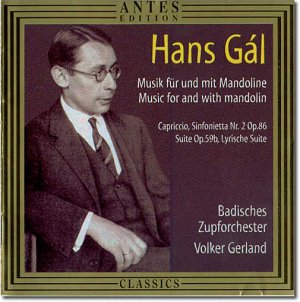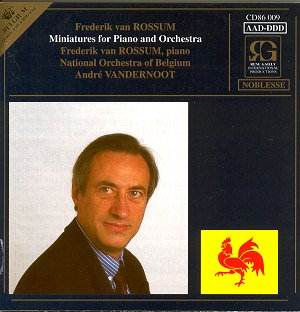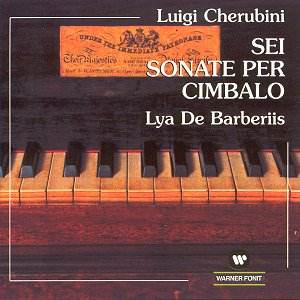 Composer: Hans Gál
Composer: Hans Gál
Works: Capriccio for plucked orchestra (1949), Sinfonietta No. 2 in E minor Op. 86 (1966), Suite for three mandolins Op. 59b (c. 1955), Lyric Suite on Robert Browning’s dramatic poem “Pippa Passes” (1934)
Performers: Sandra Stahlheber (mezzo-soprano), Heidrun Burkart, Alexander Becker, Jörg Becker, Sonja Wiedemer (mandolin), Brigitte Sauer (flute), Barbara Mauch-Heinke (violin), Ulrich Ziegler (viola), Gregor Herrmann (cello), Badisches Zupforchester/Volker Gerland
Recording: 1996-2000
Label: Antes Edition
The compositions of Hans Gál, a notable figure in the early to mid-20th century European music scene, have been gaining renewed attention, and this recording highlights a unique facet of his oeuvre: works for mandolin and plucked orchestra. Known for his rich contrapuntal style and lyrical expressiveness, Gál’s music is often colored by his Austrian roots and the influences of the tumultuous historical context of his life, particularly his emigration to England in 1938. The selected works here, particularly the “Capriccio” and the “Suite for three mandolins,” reflect a blend of charm and refinement, evoking a sense of nostalgia while embracing modernity.
Performances by the Badisches Zupforchester under Volker Gerland are marked by a delightful synergy among the musicians, who exhibit both technical prowess and interpretative sensitivity. The “Sinfonietta No. 2,” often regarded as a lighter work within Gál’s catalog, benefits from the ensemble’s deft handling of its buoyant thematic material. The middle movement’s delicate interplay between strings and plucked instruments is especially enchanting, showcasing a balance that allows the mandolin’s distinctive timbre to shine without overshadowing its orchestral companions. Here, one can hear echoes of the Viennese tradition, reminiscent of the lighter operatic and chamber music styles that flourished in Gál’s youth.
The recording quality merits commendation, with a clarity and warmth that captures the unique sonorities of the mandolin and its accompanying instruments. The engineering balances the ensemble’s dynamic range effectively, allowing the intricacies of Gál’s writing to emerge without muddiness or distortion. While the sound can occasionally lean towards a slightly rustic quality—characteristic of the plucked orchestra genre—the overall effect is one of intimacy, drawing the listener into Gál’s musical world. Particularly noteworthy is the “Lyric Suite,” where the interplay of the mezzo-soprano and instruments creates an ethereal atmosphere, even if the singers occasionally lack the delicacy required for the most nuanced passages.
Comparatively, this recording stands apart from other available interpretations of Gál’s works, such as the performances by the Scottish Ensemble, which tend towards a more vigorous and less refined execution. The Badisches Zupforchester’s approach may be characterized by its emphasis on elegance over intensity, allowing the music’s subtleties to emerge slowly and organically. The Suite Op. 59b offers a particularly rich tapestry of textures, with its movements reminiscent of old Italian dance forms, yet infused with Gál’s distinctive voice, which often hints at his Hungarian heritage.
Hearing this collection of Gál’s works reveals an engaging dialogue between tradition and innovation, where each piece serves as a testament to a composer who navigated the complexities of his time with grace. The performances showcase a deep understanding of Gál’s aesthetic, emphasizing both the lyrical and the contrapuntal elements inherent in his music. This recording not only serves as a valuable addition to the catalog of 20th-century repertoire but also cements Gál’s status as a composer worth revisiting, particularly for those enchanted by the tonal beauty of mandolin music. The result is a compelling exploration of Gál’s art that resonates with both historical significance and contemporary relevance.



